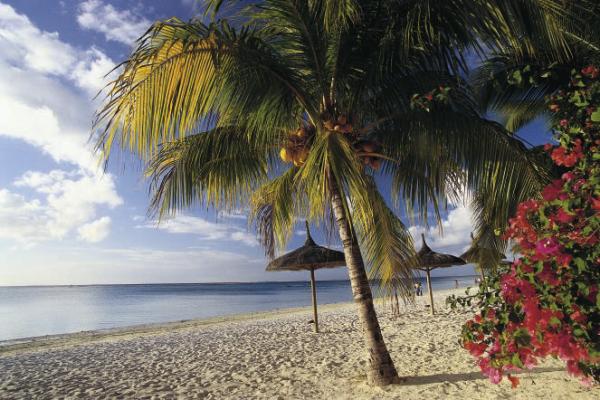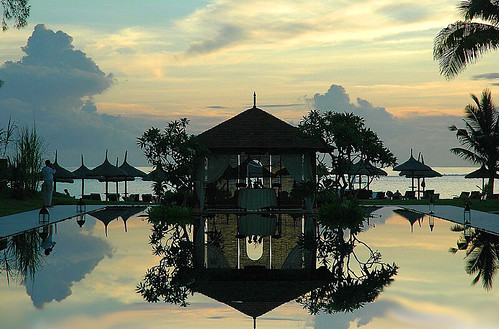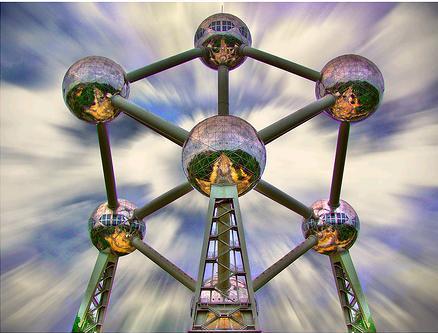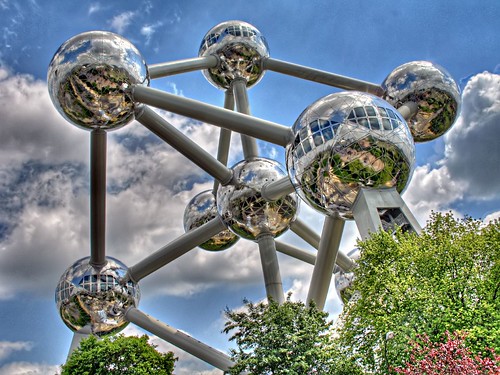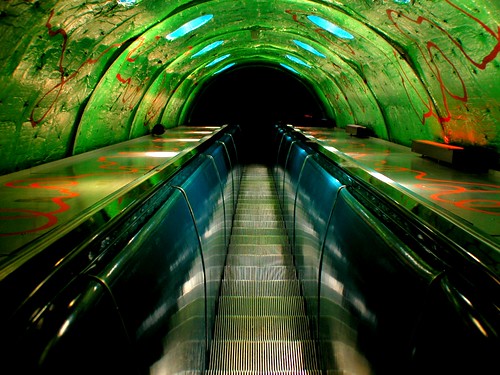After a brief Dutch settlement, French immigrants who came in 1715 named the island Île de France and established the first road and harbor infrastructure, as well as the sugar industry, under the leadership of Gov. Mahe de Labourdonnais. Blacks from Africa and Madagascar came as slaves to work in the sugarcane fields. In 1810, the British captured the island and in 1814, by the Treaty of Paris, it was ceded to Great Britain along with its dependencies.

Indian immigration, which followed the abolition of slavery in 1835, rapidly changed the fabric of Mauritian society, and the country flourished with the increased cultivation of sugarcane. The opening of the Suez Canal in 1869 heralded the decline of Mauritius as a port of call for ships rounding the southern tip of Africa, bound for South and East Asia. The economic instability of the price of sugar, the main crop, in the first half of the 20th century brought civil unrest, then economic, administrative, and political reforms. Mauritius became independent on March 12, 1968.

The effects of Cyclone Claudette in 1979 and of falling world sugar prices in the early 1980s led the government to initiate a vigorous program of agricultural diversification and develop the processing of imported goods for the export market. The country formally broke ties with the British Crown in March 1992, becoming a republic within the Commonwealth.
In addition to sugarcane, textile production and tourism are the leading industries. Primary education is free, and Mauritius boasts one of the highest literacy rates in sub-Saharan Africa.

With a complicated ethnic mix—about 30% of the population is of African descent and the remainder is mostly of Indian descent, both Hindu and Muslim—political allegiances are organized according to class and ethnicity.
In Feb. 2002, Mauritius went through four presidents in succession. Two resigned within days of each other, each after refusing to sign a controversial anti-terrorism law that severely curtailed the rights of suspects. The law, supported by the prime minister, was ultimately signed by a third, interim president. At the end of February, a fourth president, Karl Offman, was elected by parliament.
In Oct. 2003, Paul Berenger, a white Mauritian of French ancestry, became the first non-Hindu prime minister in the history of Mauritius. Berenger and the previous prime minister, Anerood Jugnauth, formed a coalition during Sept. 2000 elections. Under their agreement, Jugnauth served as prime minister for three years and Berenger assumed the prime ministership for the remaining two years of the term. Jugnauth then became president in 2003, and in July 2005, Navin Ramgoolam, prime minister from 1995 to 2000, again assumed that office.

Indian immigration, which followed the abolition of slavery in 1835, rapidly changed the fabric of Mauritian society, and the country flourished with the increased cultivation of sugarcane. The opening of the Suez Canal in 1869 heralded the decline of Mauritius as a port of call for ships rounding the southern tip of Africa, bound for South and East Asia. The economic instability of the price of sugar, the main crop, in the first half of the 20th century brought civil unrest, then economic, administrative, and political reforms. Mauritius became independent on March 12, 1968.

The effects of Cyclone Claudette in 1979 and of falling world sugar prices in the early 1980s led the government to initiate a vigorous program of agricultural diversification and develop the processing of imported goods for the export market. The country formally broke ties with the British Crown in March 1992, becoming a republic within the Commonwealth.
In addition to sugarcane, textile production and tourism are the leading industries. Primary education is free, and Mauritius boasts one of the highest literacy rates in sub-Saharan Africa.

With a complicated ethnic mix—about 30% of the population is of African descent and the remainder is mostly of Indian descent, both Hindu and Muslim—political allegiances are organized according to class and ethnicity.
In Feb. 2002, Mauritius went through four presidents in succession. Two resigned within days of each other, each after refusing to sign a controversial anti-terrorism law that severely curtailed the rights of suspects. The law, supported by the prime minister, was ultimately signed by a third, interim president. At the end of February, a fourth president, Karl Offman, was elected by parliament.
In Oct. 2003, Paul Berenger, a white Mauritian of French ancestry, became the first non-Hindu prime minister in the history of Mauritius. Berenger and the previous prime minister, Anerood Jugnauth, formed a coalition during Sept. 2000 elections. Under their agreement, Jugnauth served as prime minister for three years and Berenger assumed the prime ministership for the remaining two years of the term. Jugnauth then became president in 2003, and in July 2005, Navin Ramgoolam, prime minister from 1995 to 2000, again assumed that office.






















